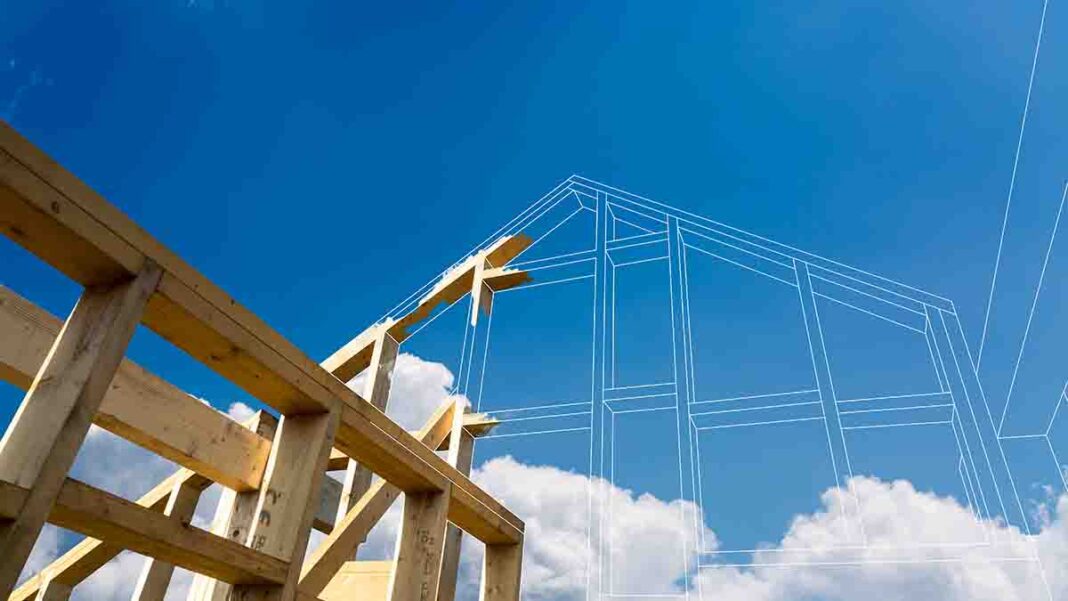As homebuyers continue to grapple with a lack of existing homes for sale, the market for new homes continues to see strong demand, and some areas of the country — including Sun Belt states — are producing new homes at a relatively rapid rate.
A study released Thursday by fintech and personal finance website SmartAsset delved into Zillow data on new home sales. A key conclusion is that while new construction creates additional supply for first-time and move-up buyers alike, it comes with an additional expense.
“While many metro areas currently offer an advantage where you can purchase a new construction home for a similar price or even less than the average area home, there is still a 23.8% premium on new construction homes nationwide,” Jaclyn DeJohn, a certified financial planner and managing editor at SmartAsset, wrote in an email to HousingWire. “In March the average home sale price in the U.S. was $335,170, compared to $414,990 for new construction homes.”
SmartAsset noted that U.S. inflation, as measured by the Consumer Price Index, rose by 22.9% from spring 2019 to spring 2024. But home price appreciation grew at more than twice this rate (49.4%), according to Zillow.
In March 2024, four of the top 10 metro areas in the nation for sales of newly constructed single-family homes and condominiums were in Texas. Houston topped the list with 1,751 sales at a median price of $347,990. Dallas was No. 2 (1,574 sales), with San Antonio at No. 5 (777) and Austin at No. 7 (750).
The other metros in the top 10 for sales were also Sun Belt markets that have posted outsized growth since the start of the COVID-19 pandemic. They included Atlanta, Phoenix, Charlotte, Nashville, Tampa and Raleigh.
Among the top 15 metro areas for the number of new homes sold in March, median prices ranged from $310,446 in San Antonio to $624,995 in Washington, D.C.
“The location and prices of new homes being sold are based on both demand and supply functions,” DeJohn explained. “In addition to things like existing inventory, interest rates and migration patterns, supply-side factors such as the cost of building materials and availability of skilled labor also play a part and vary widely from one place to another.”
SmartAsset also compared sales prices for new homes and existing homes. It found that San Jose had the highest median price for new homes sold in March at $1.735 million. Heber City, Utah, a suburb of Salt Lake City, ranked second on this list with a median price of $1.375 million, although it had only 51 sales of new homes in March.
San Francisco, Los Angeles, Miami, New York City, Boston, San Diego, Seattle and Sacramento were also among the top 10 metros for highest-priced new homes. Miami led the way for the largest pricing difference between new homes and existing homes sold during the month, with a gap of nearly $490,000.
Data released Thursday by the U.S. Department of Housing and Urban Development (HUD) and the U.S. Census Bureau showed that privately owned housing starts rose 5.7% from March to April. But that growth was driven by multifamily starts (properties with five or more units). Single-family starts declined by 0.4% while the number of permits issued for single-family homes fell by 0.8% during the month.
Better news for the housing industry arrived in the form of completed units. Total completions rose to a seasonally adjusted annual rate of 1.623 million units, the second-highest monthly figure in 15 years. The growth was fueled by single-family completions, which rose 15.4% from March to April.
“The housing shortage is not going away,” Lawrence Yun, chief economist for the National Association of Realtors (NAR), said in a statement. “The laws of supply and demand tell us that home prices are on firm ground and could even reaccelerate in the future unless more is done to boost supply.”
Related
Source link









